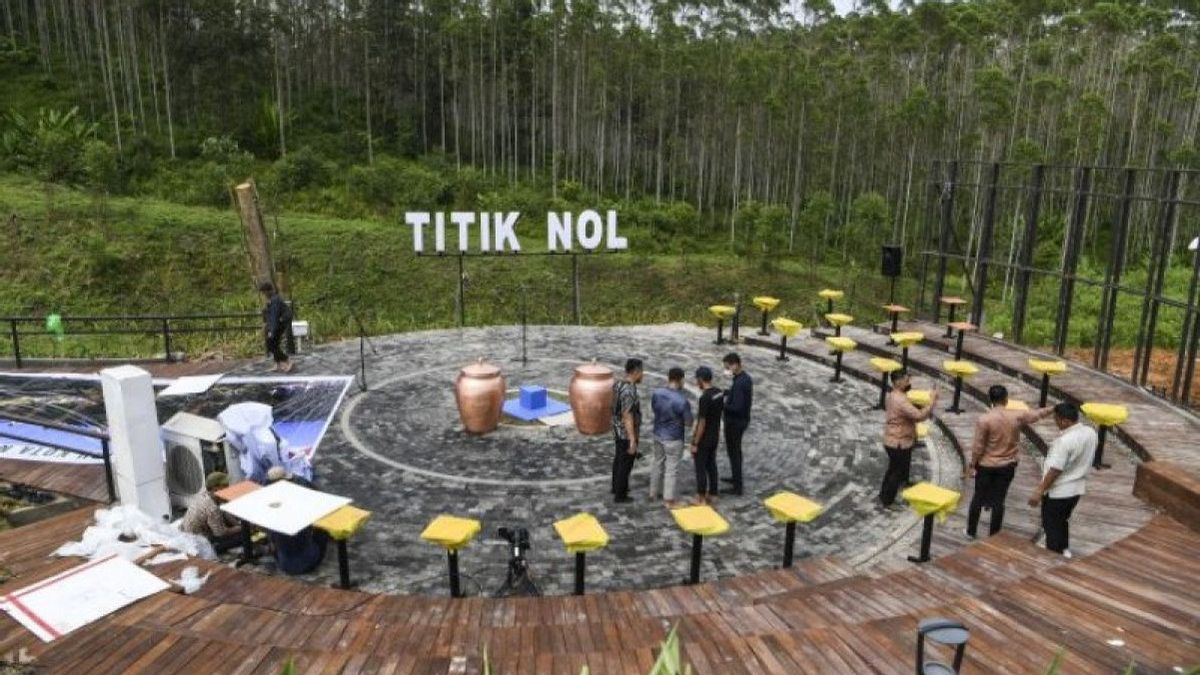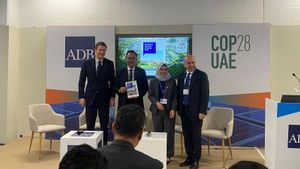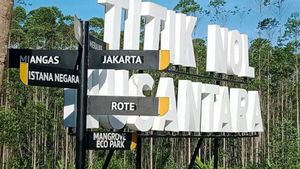The Capital Archipelago Authority (OIKN) officially launched a Roadmap Towards the Zero City of Carbon Nusantara Emissions or Regionally and Locally Determined Contribution (RLDC) during the 28th Meeting (COP28) of the United Nations Climate Change Framework Convention in Dubai, United Arab Emirates, Sunday, December 3.
OIKN chief Bambang Susantono said the launch of this roadmap was a historic moment. The reason is, for the first time a city in Indonesia has an RLDC.
"OIKN is proud to announce Nusantara's Net Zero Emission Strategy, a document showing the city's commitment to take part in global efforts to accelerate climate action," Bambang said in a written statement received by VOI, Monday, December 4.
Bambang emphasized that the new capital city of Indonesia will not only become a green city, but will also become a model for a sustainable future.
This can be seen from the ambitious target to become a city with zero carbon emissions (net zero emissions), a condition in which carbon is produced equal to storage capacity or even less than that.
There are several steps to be taken, including massive regression, rejuvenation and maintaining ecology in the archipelago. One of them is by converting 65 percent of the Nusantara area, which is mostly covered by monocultural plants into beautiful tropical forests.
Meanwhile, urban areas will utilize technology to ensure efficient natural resource management while implementing natural-based solution innovations.
For example, making the archipelago a sponge city, ensuring the availability of water, reducing flood hazards, and preserving ecology.
This step is in line with Indonesia's target of reducing emissions by 2060.
"In collaboration with various stakeholders, the Capital Authority of the Archipelago has prepared steps to transform ambitious targets into specific and measurable actions," said Bambang.
The RLDC roadmap itself focuses on five sectors, namely forestry and land use (FOLU), energy, agriculture, waste management and industry.
In it, there is a target of reducing emissions to -1.1 million tons of carbon dioxide (MtCO2) by 2045 and a more ambitious target is contained in the second scenario, namely emissions can be reduced further to -1.6 MtCO2.
Meanwhile, Director General of Asian Development Bank (ADB) for Southeast Asia Winfried Wicklein ADB stated that the race was delighted to partner with OIKN in developing this strategy, and became part of history in realizing the archipelago as a city with forest principles.
SEE ALSO:
"This strategy is not only a real action in realizing Indonesia's modern and sustainable vision, but also represents Indonesia's real efforts in fighting climate change, and contributes to a wider area, namely in Asia and the Pacific region," he said.
This strategy will play an important role in supporting Indonesia's efforts to reduce greenhouse gas emissions and adapt to climate change.
The actions at the city level are in line with the Indonesia's Enhanced National Determined Contributions (ENDC), which is an important part of climate change prevention strategies and is connected to national policies.
The English, Chinese, Japanese, Arabic, and French versions are automatically generated by the AI. So there may still be inaccuracies in translating, please always see Indonesian as our main language. (system supported by DigitalSiber.id)











